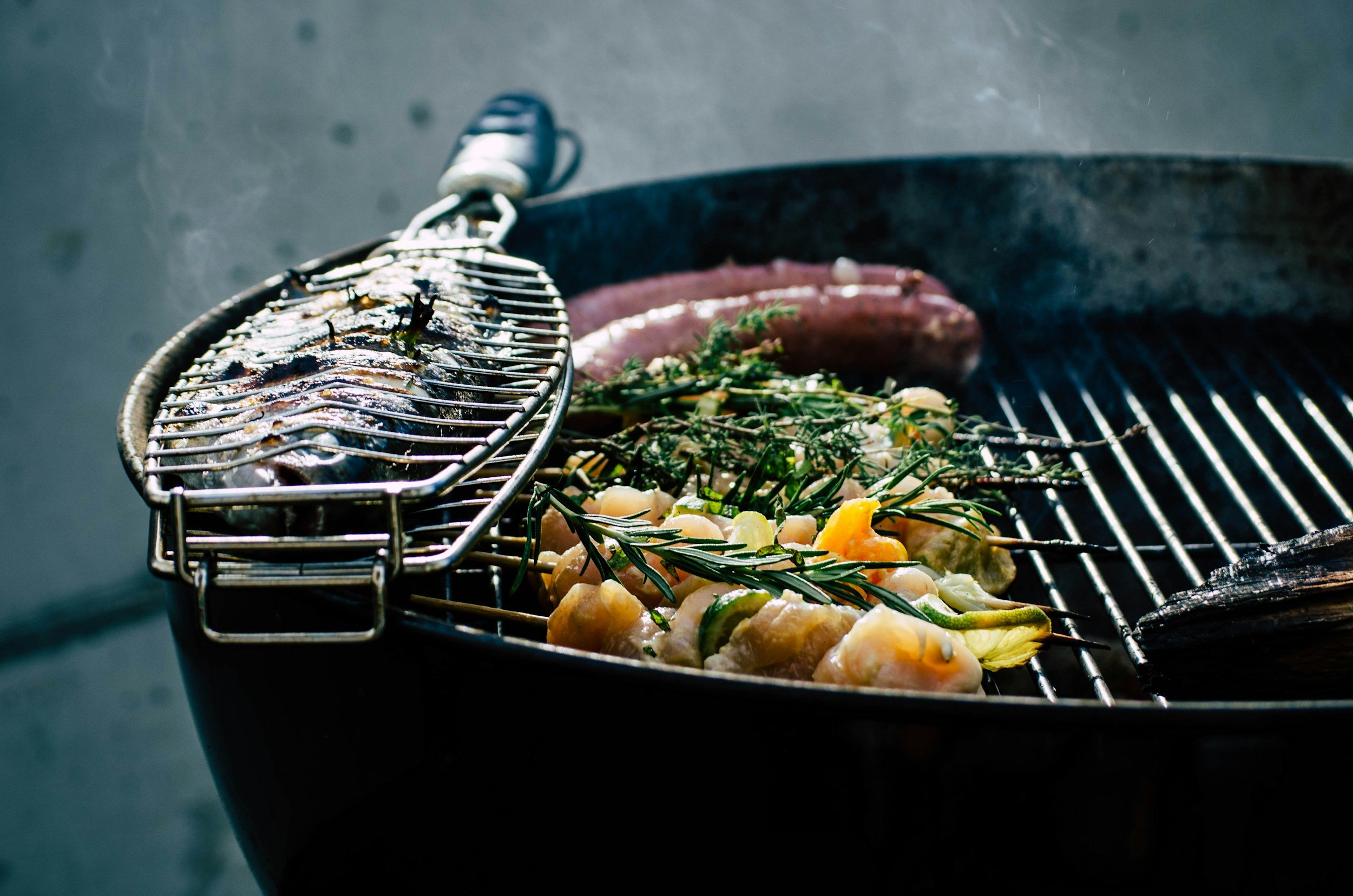How to Choose the Right Waders for Fly Fishing
Choosing the right waders for fly fishing is crucial for an enjoyable and successful fishing experience. Waders keep you dry and comfortable, allowing you to focus on catching fish rather than worrying about cold, wet conditions. In this comprehensive guide, we’ll explore everything you need to know to select the perfect pair of waders, from different types and materials to fit and maintenance.
Understanding Your Needs
Before diving into the specifics, it's important to understand your unique needs. Ask yourself the following questions:
Where will you be fishing? The type of water (rivers, lakes, saltwater) and its temperature will influence your choice.
What is your budget? Waders come in a wide range of prices.
How often do you fish? If you’re an avid angler, investing in high-quality waders might be worth it.
What kind of fishing do you do? Consider the depth and environment you'll be wading in.
Types of Waders
There are three primary types of waders, each suited to different fishing conditions:
Hip Waders: These are best for shallow waters. They cover the legs up to the hip and are ideal for warm weather and small streams.
Waist-High Waders: These provide more coverage than hip waders but are cooler than chest waders. Perfect for medium-depth waters.
Chest Waders: Offering the most coverage, chest waders are versatile and suitable for deeper waters and colder conditions.
Wader Materials
The material of your waders impacts comfort, durability, and price:
Neoprene: Known for its insulation, neoprene waders are ideal for cold weather. However, they can be less breathable and heavier.
Breathable Fabrics: Typically made from materials like Gore-Tex, these waders allow moisture to escape while keeping water out, making them great for various weather conditions.
Rubber/PVC: Durable and inexpensive, but can be less comfortable for extended wear. Best for occasional use or muddy conditions.
Wader Styles: Bootfoot vs. Stockingfoot
Bootfoot Waders: These have boots attached to the waders, providing convenience and ease of use. Ideal for cold weather and muddy conditions but can lack the ankle support offered by separate boots.
Stockingfoot Waders: These end in a neoprene sock, requiring separate wading boots. They offer better mobility and ankle support, making them a favorite among serious anglers.
Key Features to Look For
When selecting waders, consider the following features to ensure you get the best performance:
Fit and Comfort: Proper fit is essential. Waders should allow for a full range of motion without being too tight. Try them on with the layers you plan to wear underneath.
Durability: Look for reinforced knees and seams, as these areas are prone to wear and tear.
Pockets and Storage: Handy for keeping tools and accessories.
Belt Loops and Belts: Essential for safety, helping to prevent water from filling the waders if you fall.
Gravel Guards: Prevent debris from entering your boots, increasing comfort and longevity.
Top Brands of Waders to Consider
Several reputable brands are known for producing high-quality waders:
Simms: Known for durability and innovation, Simms waders are popular among professional anglers.
Patagonia: Offers eco-friendly options with a focus on comfort and functionality.
Orvis: Provides a range of waders suitable for different budgets and needs.
Redington: Known for affordability without compromising quality.
Caring for Your Waders
Proper maintenance can extend the life of your waders significantly:
Rinse After Use: Especially important after fishing in saltwater. Use fresh water to rinse off any dirt and debris.
Dry Thoroughly: Always hang your waders to dry completely before storing them to prevent mold and mildew.
Repair Kits: Keep a repair kit handy for patching small leaks or tears.
Store Properly: Store in a cool, dry place away from direct sunlight.
FAQs
What size waders should I buy?
Follow the manufacturer’s sizing guide, considering your largest girth (chest, waist, or hips), inseam, and foot size. Trying them on with your fishing layers is recommended.
Are breathable waders worth the extra cost?
Yes, breathable waders are worth the investment for their comfort, versatility, and durability, especially if you fish in various weather conditions.
Can I use waders for both freshwater and saltwater fishing?
Yes, but always rinse them thoroughly with fresh water after saltwater use to prevent damage.
How do I fix a leak in my waders?
Use a wader repair kit, which typically includes adhesive and patches. Clean the area, apply the adhesive, and cover with a patch.
Do I need separate wading boots for stockingfoot waders?
Yes, stockingfoot waders require separate wading boots, which offer better support and versatility.
How long do waders typically last?
With proper care, high-quality waders can last several years. The longevity depends on the frequency of use and maintenance.
Conclusion
Choosing the right waders for fly fishing is an investment in your comfort and success on the water. By considering your specific needs, understanding the types and materials, and knowing what features to look for, you can make an informed decision. Remember to take good care of your waders to ensure they last for many fishing adventures to come.
// Related Posts About Fly Fishing














